

Our Courses
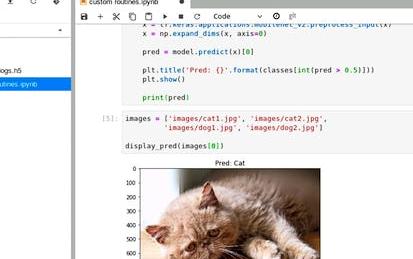
Custom Prediction Routine on Google AI Platform
Please note: You will need a Google Cloud Platform account to complete this course.
-
Course by

-
 Self Paced
Self Paced
-
 2 hours
2 hours
-
 English
English

Analytic Combinatorics
Analytic Combinatorics teaches a calculus that enables precise quantitative predictions of large combinatorial structures. This course introduces the symbolic method to derive functional relations among ordinary, exponential, and multivariate generating functions, and methods in complex analysis for deriving accurate asymptotics from the GF equations. All the features of this course are available for free.
-
Course by

-
 Self Paced
Self Paced
-
 17 hours
17 hours
-
 English
English

Supervised Learning and Its Applications in Marketing
Welcome to the Supervised Learning and Its Applications in Marketing course! Supervised learning is the process of making an algorithm to learn to map an input to a particular output. Supervised learning algorithms can help make predictions for new unseen data. In this course, you will use the Python programming language, which is an effective tool for machine learning applications. You will be introduced to the supervised learning techniques: regression and classification. The course will focus on the applications of these techniques in the domain of marketing.
-
Course by

-
 Self Paced
Self Paced
-
 22 hours
22 hours
-
 English
English

Demand Analytics
Welcome to Demand Analytics - one of the most sought-after skills in supply chain management and marketing! Through the real-life story and data of a leading cookware manufacturer in North America, you will learn the data analytics skills for demand planning and forecasting. Upon the completion of this course, you will be able to 1. Improve the forecasting accuracy by building and validating demand prediction models. 2.
-
Course by

-
 Self Paced
Self Paced
-
 9 hours
9 hours
-
 English
English

Using Machine Learning in Trading and Finance
This course provides the foundation for developing advanced trading strategies using machine learning techniques. In this course, you’ll review the key components that are common to every trading strategy, no matter how complex. You’ll be introduced to multiple trading strategies including quantitative trading, pairs trading, and momentum trading.
-
Course by

-
 Self Paced
Self Paced
-
 19 hours
19 hours
-
 English
English

Resampling, Selection and Splines
"Statistical Learning for Data Science" is an advanced course designed to equip working professionals with the knowledge and skills necessary to excel in the field of data science. Through comprehensive instruction on key topics such as shrink methods, parametric regression analysis, generalized linear models, and general additive models, students will learn how to apply resampling methods to gain additional information about fitted models, optimize fitting procedures to improve prediction accuracy and interpretability, and identify the benefits and approach of non-linear models.
-
Course by

-
 Self Paced
Self Paced
-
 16 hours
16 hours
-
 English
English

Basic Recommender Systems
The Basic Recommender Systems course introduces you to the leading approaches in recommender systems. The techniques described touch both collaborative and content-based approaches and include the most important algorithms used to provide recommendations. You'll learn how they work, how to use and how to evaluate them, pointing out benefits and limits of different recommender system alternatives. After completing this course, you'll be able to describe the requirements and objectives of recommender systems based on different application domains.
-
Course by

-
 Self Paced
Self Paced
-
 12 hours
12 hours
-
 English
English

Data Science Challenge
In this coding challenge, you'll compete with other learners to achieve the highest prediction accuracy on a machine learning problem. You'll use Python and a Jupyter Notebook to work with a real-world dataset and build a prediction or classification model. Important Information: How to register? To participate, you’ll need to complete simple steps. First, click the “Start Project” button to register. Next, you’ll need to create a Coursera Skills Profile, which only takes a few minutes.
-
Course by

-
 Self Paced
Self Paced
-
 3 hours
3 hours
-
 English
English

Introduction to Predictive Modeling
Welcome to Introduction to Predictive Modeling, the first course in the University of Minnesota’s Analytics for Decision Making specialization. This course will introduce to you the concepts, processes, and applications of predictive modeling, with a focus on linear regression and time series forecasting models and their practical use in Microsoft Excel.
-
Course by

-
 Self Paced
Self Paced
-
 12 hours
12 hours
-
 English
English

Emergent Phenomena in Science and Everyday Life
Before the advent of quantum mechanics in the early 20th century, most scientists believed that it should be possible to predict the behavior of any object in the universe simply by understanding the behavior of its constituent parts. For instance, if one could write down the equations of motion for every atom in a system, it should be possible to solve those equations (with the aid of a sufficiently large computing device) and make accurate predictions about that system’s future. However, there are some systems that defy this notion.
-
Course by

-
 Self Paced
Self Paced
-
 12 hours
12 hours
-
 English
English

Machine Learning with PySpark: Customer Churn Analysis
This 90-minute guided-project, "Pyspark for Data Science: Customer Churn Prediction," is a comprehensive guided-project that teaches you how to use PySpark to build a machine learning model for predicting customer churn in a Telecommunications company. This guided-project covers a range of essential tasks, including data loading, exploratory data analysis, data preprocessing, feature preparation, model training, evaluation, and deployment, all using Pyspark.
-
Course by

-
 Self Paced
Self Paced
-
 3 hours
3 hours
-
 English
English

Advanced Recommender Systems
In this course, you will see how to use advanced machine-learning techniques to build more sophisticated recommender systems. Machine Learning is able to provide recommendations and make better predictions, by taking advantage of historical opinions from users and building up the model automatically, without the need for you to think about all the details of the model. At the end of the Advanced Recommender Systems, you will know how to manage hybrid information and how to combine different filtering techniques, taking the best from each approach.
-
Course by

-
 15 hours
15 hours
-
 English
English

Shaping Urban Futures
If we are to make sense of the future of humanity, we must understand the future of the city.
-
Course by

-
 Self Paced
Self Paced
-
 21 hours
21 hours
-
 English
English
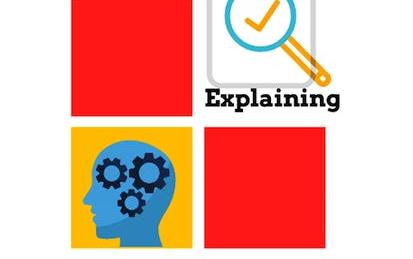
Explaining machine learning models
In this 2-hour long project-based course, you will learn how to understand the predictions of your model, feature relations, visualize and interpret feature & model relation with statistics and much more.
-
Course by

-
 Self Paced
Self Paced
-
 2 hours
2 hours
-
 English
English

The Impact of Technology
In this course, you will learn how to use theories and methods to make predictions of the potential impact of new technology – in general, as well as for a specific application. This will prepare you for the changes that we are facing in society, and also help you take advantage of transformations that are driven by technology. The Impact of Technology course takes a broad approach, including social and economic factors. You will study historical examples and learn to recognize recurring patterns and cycles.
-
Course by

-
 Self Paced
Self Paced
-
 23 hours
23 hours
-
 English
English
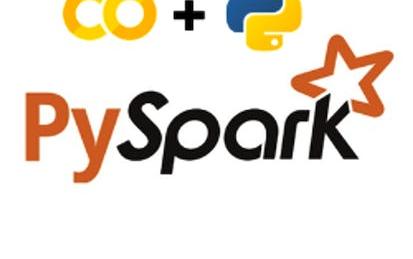
Graduate Admission Prediction with Pyspark ML
In this 1 hour long project-based course, you will learn to build a linear regression model using Pyspark ML to predict students' admission at the university. We will use the graduate admission 2 data set from Kaggle. Our goal is to use a Simple Linear Regression Machine Learning Algorithm from the Pyspark Machine learning library to predict the chances of getting admission. We will be carrying out the entire project on the Google Colab environment with the installation of Pyspark. You will need a free Gmail account to complete this project.
-
Course by

-
 Self Paced
Self Paced
-
 2 hours
2 hours
-
 English
English

Optimize ML Models and Deploy Human-in-the-Loop Pipelines
In the third course of the Practical Data Science Specialization, you will learn a series of performance-improvement and cost-reduction techniques to automatically tune model accuracy, compare prediction performance, and generate new training data with human intelligence. After tuning your text classifier using Amazon SageMaker Hyper-parameter Tuning (HPT), you will deploy two model candidates into an A/B test to compare their real-time prediction performance and automatically scale the winning model using Amazon SageMaker Hosting.
-
Course by

-
 Self Paced
Self Paced
-
 11 hours
11 hours
-
 English
English

Bitcoin Price Prediction using Facebook Prophet
In this 1.5-hour long project-based course, you will learn how to create a Facebook Prophet Machine learning Model and use it to Forecast the Price of Bitcoin for the future 30 days.
-
Course by

-
 Self Paced
Self Paced
-
 4 hours
4 hours
-
 English
English

Tesla Stock Price Prediction using Facebook Prophet
In this 1.5-hour long project-based course, you will learn how to build a Facebook Prophet Machine learning model in order to forecast the price of Tesla 30 days into the future. We will also visualize the historical performance of Tesla through graphs and charts using Plotly express and evaluate the performance of the model against real data using Google Finance in Google Sheets. We will also dive into a brief stock analysis of Tesla and we will discuss PE ratio, EPS, Beta, Market cap, Volume and price range of Tesla.
-
Course by

-
 Self Paced
Self Paced
-
 4 hours
4 hours
-
 English
English
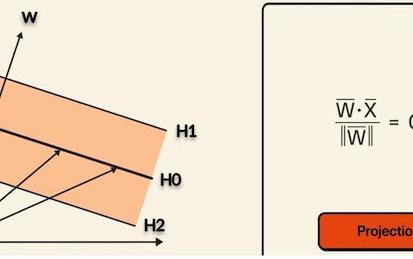
SVM Regression, prediction and losses
In this 1-hour long project-based course, you will learn how to Train SVM regression model- with large & small margin, second degree polynomial kernel, make prediction using Linear SVM classifier; how a small weight vector results in a large margin? and finally pictorial representation for Hinge loss.
-
Course by

-
 Self Paced
Self Paced
-
 2 hours
2 hours
-
 English
English
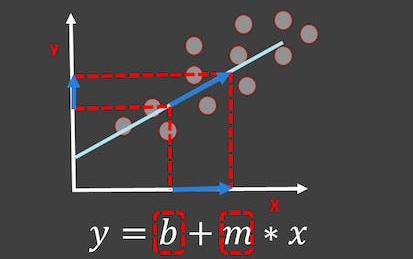
University Admission Prediction Using Multiple Linear Regression
In this hands-on guided project, we will train regression models to find the probability of a student getting accepted into a particular university based on their profile.
-
Course by

-
 Self Paced
Self Paced
-
 3 hours
3 hours
-
 English
English
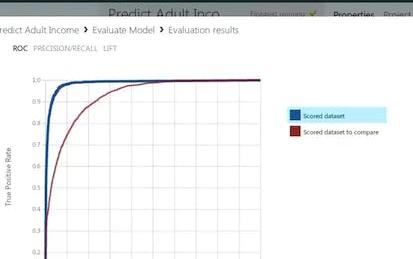
Machine Learning Pipelines with Azure ML Studio
In this project-based course, you are going to build an end-to-end machine learning pipeline in Azure ML Studio, all without writing a single line of code! This course uses the Adult Income Census data set to train a model to predict an individual's income. It predicts whether an individual's annual income is greater than or less than $50,000. The estimator used in this project is a Two-Class Boosted Decision Tree classifier. Some of the features used to train the model are age, education, occupation, etc.
-
Course by

-
 Self Paced
Self Paced
-
 3 hours
3 hours
-
 English
English
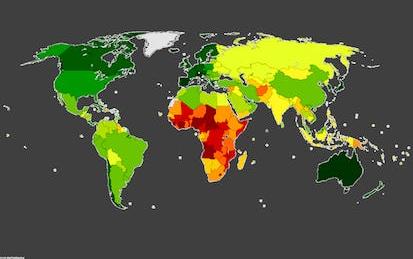
Life Expectancy Prediction Using Machine Learning
In this hands-on project, we will train a Linear Regression model to predict life expectancy.
-
Course by

-
 Self Paced
Self Paced
-
 3 hours
3 hours
-
 English
English

Demand Forecasting Using Time Series
This course is the second in a specialization for Machine Learning for Supply Chain Fundamentals. In this course, we explore all aspects of time series, especially for demand prediction. We'll start by gaining a foothold in the basic concepts surrounding time series, including stationarity, trend (drift), cyclicality, and seasonality. Then, we'll spend some time analyzing correlation methods in relation to time series (autocorrelation). In the 2nd half of the course, we'll focus on methods for demand prediction using time series, such as autoregressive models.
-
Course by

-
 Self Paced
Self Paced
-
 9 hours
9 hours
-
 English
English
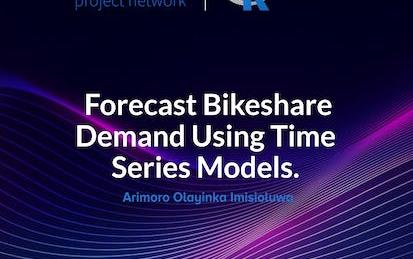
Forecast bikeshare demand using time series models in R
In this project, you’ll help a bike rental company enhance its fleet management and pricing strategy by building a daily bike rental forecasting model using time series analysis techniques in R. Your objectives include loading, cleaning, processing, and analyzing daily rental transaction data, and developing and evaluating time series models for the most accurate predictions. The company will use your validated forecasting model to determine the optimal number of bikes to keep in each station and set dynamic pricing based on predicted demand.
-
Course by

-
 Self Paced
Self Paced
-
 3 hours
3 hours
-
 English
English



